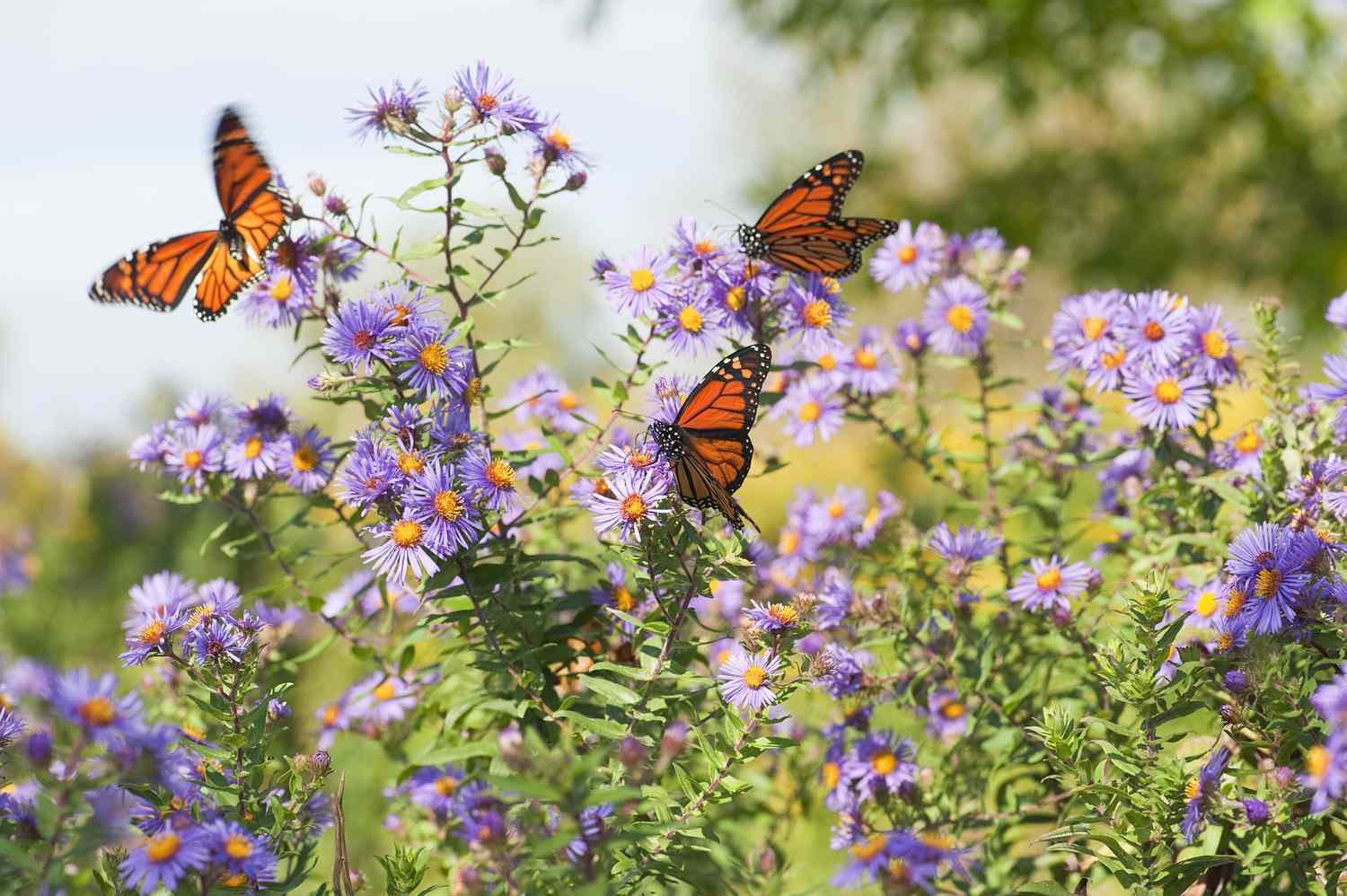

Articles
How To Attract Butterflies To Your Garden
Modified: January 19, 2024
Learn the best gardening tips to attract beautiful butterflies to your garden. Create a colorful and welcoming space for these delicate creatures and enjoy their graceful presence.
(Many of the links in this article redirect to a specific reviewed product. Your purchase of these products through affiliate links helps to generate commission for Storables.com, at no extra cost. Learn more)
Introduction
Butterflies are not only beautiful creatures that bring joy and vibrancy to your garden, but they also play a vital role in pollination and maintaining ecological balance. Attracting butterflies to your garden can enhance the biodiversity of your space and contribute to the overall health of your plants.
In this article, we will explore the various methods and techniques you can use to create a butterfly-friendly environment in your garden. From selecting the right plants to providing essential food and water sources, we will cover all aspects of attracting and nurturing butterflies.
So, let’s dive in and discover the secrets to transforming your garden into a haven for these delicate and captivating creatures!
Key Takeaways:
- Transform your garden into a butterfly haven by selecting native plants, providing food and water sources, and creating sheltered resting areas. Embrace natural pest control methods and avoid harmful chemicals to support these delicate creatures.
- Attracting butterflies to your garden not only adds natural beauty but also contributes to pollination and ecosystem health. By understanding their needs and preferences, you can create a welcoming habitat that supports their lifecycle and conservation.
Understanding the Importance of Butterflies in Your Garden
Butterflies are not just enchanting insects; they also serve a crucial purpose in maintaining the delicate balance of ecosystems. As pollinators, butterflies play a vital role in the reproduction of many plant species. They transfer pollen from the male part of a flower to the female part, enabling the plants to produce seeds and fruits.
By attracting butterflies to your garden, you contribute to the pollination process and help ensure the survival of a wide variety of plants. This, in turn, leads to more abundant fruits, seeds, and a healthier ecosystem overall.
Moreover, butterflies act as indicators of environmental health. They are sensitive to changes in their surroundings, including pollution levels, pesticide use, and habitat destruction. The presence of butterflies in your garden can serve as a sign that your ecosystem is healthy and thriving.
Butterflies also offer aesthetic value. Their vibrant colors, intricate patterns, and graceful flight patterns can transform your garden into a breathtaking display of natural beauty. They can breathe life into any outdoor space and bring a sense of tranquility and wonder.
Finally, butterflies are an essential part of the food chain. They provide a food source for birds, lizards, frogs, and other animals in your garden. By attracting butterflies, you are indirectly supporting the survival and diversity of other wildlife in your area.
Overall, attracting butterflies to your garden is not only aesthetically pleasing but also ecologically beneficial. By understanding the importance of butterflies and their indispensable role in ecosystems, we can take steps to create a welcoming habitat that supports their populations and contributes to a healthier environment.
Creating a Butterfly-Friendly Environment
To attract butterflies to your garden, it’s important to create a welcoming environment that meets their specific needs. Here are some key steps to consider:
- Provide a sunny location: Butterflies are cold-blooded creatures that rely on the warmth of the sun to regulate their body temperature. Choose an area in your garden that receives at least six hours of direct sunlight each day.
- Plant a variety of flowers: Butterflies are attracted to nectar-rich flowers, so it’s important to include a diverse selection that blooms throughout the different seasons. Opt for native plants as they are well-adapted to your region and provide the most suitable nectar sources.
- Group flowers in clusters: Butterflies are more likely to notice and visit your garden if the flowers are arranged in clusters. This creates a larger target and increases the chances of attracting these delicate creatures.
- Choose plants with different heights: Butterflies prefer a diverse range of heights in the garden, as it allows them to bask in the sun, rest, and find shelter. Incorporate taller plants, shrubs, and low-growing ground covers to provide a variety of perching options.
- Include host plants: Host plants are specific plants that serve as a food source for butterfly larvae, commonly known as caterpillars. Research which butterfly species are native to your area and include their preferred host plants in your garden. For example, milkweed is a host plant for monarch butterflies.
- Create a water source: Butterflies need access to water for drinking and puddling. Provide a shallow dish with damp sand or rocks where butterflies can gather and drink. Keep the water source clean and replenish it regularly.
- Minimize pesticide usage: Pesticides can be harmful to butterflies and other beneficial insects. Instead, embrace natural pest control methods, such as companion planting and proper garden maintenance. Encourage natural predators like ladybugs and lacewings to help keep pest populations in check.
By following these steps and offering a variety of resources, you can create an inviting and sustainable environment that attracts butterflies and supports their lifecycle.
Selecting the Right Plants to Attract Butterflies
Choosing the right plants is crucial when it comes to attracting butterflies to your garden. Here are some tips to help you select the most suitable plants:
- Research native plant species: Native plants are adapted to the local climate, soil conditions, and the native butterflies’ preferences. They provide the ideal nectar sources and host plants for caterpillars. Contact your local gardening center or butterfly conservation organization for a list of native plants in your area.
- Opt for a variety of flower shapes and colors: Butterflies have different preferences when it comes to flower shapes, sizes, and colors. Include a mix of flower types such as tubular, daisy-like, and flat-topped flowers to cater to a wide range of butterfly species. Vibrant colors like purple, pink, and yellow are especially attractive to butterflies.
- Consider the blooming season: Aim to have a continuous bloom of flowers throughout the seasons to provide a consistent food source for butterflies. Choose a mix of early, mid, and late blooming plants to ensure a constant supply of nectar.
- Group flowers together: Planting flowers in clusters or drifts helps butterflies locate them more easily. It creates a visually appealing display and increases the chances of attracting butterflies to your garden.
- Include host plants: As mentioned earlier, host plants are crucial for supporting the caterpillar stage of butterflies. Each butterfly species has specific host plants that caterpillars rely on for food. Research the butterflies in your area and include their preferred host plants in your garden. Common examples include milkweed for monarch butterflies and parsley for swallowtails.
- Provide flowers with landing platforms: Some butterflies prefer flowers with broad, sturdy landing platforms. Incorporate flat-topped flowers like cosmos, zinnias, and asters to cater to these species.
Remember to plan your garden layout carefully, considering the height and spacing of your chosen plants. This will help create a visually appealing and butterfly-friendly environment.
By selecting a diverse range of native plants, offering a mix of flower shapes and colors, and including host plants, you will significantly increase the chances of attracting butterflies to your garden and create a haven for these delicate creatures.
Providing Food and Water Sources for Butterflies
Ensuring a sufficient food and water supply is essential for attracting and supporting butterflies in your garden. Here are some tips to provide the necessary resources:
- Plant nectar-rich flowers: Butterflies primarily feed on the nectar of flowers. Select a variety of flowers that offer abundant nectar as a food source. Some popular choices include coneflower, butterfly bush, salvia, verbena, and bee balm. Make sure to include a mix of early, mid, and late blooming flowers to provide a continuous food supply throughout the seasons.
- Plant in dense clusters: Grouping flowers together in dense clusters makes it easier for butterflies to locate and access the nectar. This not only helps attract more butterflies but also creates visually appealing displays in your garden.
- Provide fruit sources: In addition to nectar, some butterfly species also feed on rotting fruit. Place slices of ripe fruit such as bananas, oranges, or watermelon in a shallow dish to attract butterflies that enjoy this food source. Remember to replace the fruit regularly to prevent it from rotting and attracting unwanted pests.
- Create a butterfly feeder: You can supplement the natural nectar sources in your garden by setting up a butterfly feeder. Mix a solution of one part sugar to ten parts water and place it in a shallow dish or a specially designed butterfly feeder. The solution should be changed regularly to keep it fresh and avoid fermentation.
- Provide a water source: Butterflies need access to water for drinking and puddling, especially on hot and dry days. Create a shallow mud puddle by filling a shallow container with damp sand or soil. Ensure that the container has a few rocks or pebbles for the butterflies to perch on while drinking. Keep the water source moist but not too wet to avoid drowning the butterflies.
By offering a variety of nectar-rich flowers, providing fruit sources and a water supply, you can ensure that butterflies have ample food and water to sustain them in your garden. These resources will not only attract butterflies but also provide you with the opportunity to observe these magnificent creatures up close.
Planting a variety of nectar-rich flowers such as butterfly bush, milkweed, and coneflower will attract butterflies to your garden. Butterflies are also attracted to sunny, sheltered spots with water sources.
Read more: What Attracts Yellow Jackets
Creating Shelter and Resting Areas for Butterflies
While providing food sources is essential for attracting butterflies, it’s equally important to offer them sheltered spaces where they can rest, hide from predators, and seek refuge during adverse weather conditions. Here are some tips for creating shelter and resting areas for butterflies in your garden:
- Plant dense shrubs and bushes: Shrubs and bushes with dense foliage provide butterflies with sheltered areas to rest and seek protection. Choose varieties that are native to your region and opt for those that have a variety of heights and textures to cater to different species. Examples include butterfly bush, spicebush, and azaleas.
- Include tall grasses and perennials: Grasses and perennials with tall stems, such as ornamental grasses and yarrow, create vertical structure and offer butterflies perching spots. These plants also provide shelter for butterfly eggs and caterpillars, completing their lifecycle.
- Provide rock piles or walls: Butterflies are known to bask in the sun to absorb warmth. Creating rock piles or walls in your garden can offer them a sunny spot to rest and warm their bodies. Ensure that the rocks are arranged securely to provide stable perching surfaces.
- Include fallen logs or stumps: Fallen logs or stumps provide hiding places for butterflies and other beneficial insects. They also serve as a moisture source and provide a microhabitat for various organisms. Leave them undisturbed in your garden or deliberately add them to create natural resting spots.
- Plant climbing vines: Climbing vines like passionflower and morning glory can provide both shelter and nectar for butterflies. These vines create vertical structure and offer additional opportunities for perching and resting.
- Avoid excessive pruning: Resist the temptation to excessively prune and tidy up your garden. Leave some leaf litter, fallen plant debris, and untrimmed vegetation as these can provide cover and hiding places for butterflies during their resting periods.
By incorporating these sheltering elements into your garden, you create inviting spaces for butterflies to rest, seek protection, and complete their life cycles. Remember to observe and respect the natural behavior of butterflies, allowing them to find shelter without unnecessary disturbance.
Avoiding Pesticides and Chemicals Harmful to Butterflies
To create a truly butterfly-friendly garden, it’s crucial to avoid the use of pesticides and harmful chemicals that can be detrimental to these delicate creatures. Here are some steps you can take to minimize their impact:
- Embrace natural pest control methods: Instead of relying on chemical pesticides, consider implementing natural pest control techniques. Introduce beneficial insects like ladybugs and lacewings, which feed on common garden pests. Companion planting, using pest-resistant plant varieties, and practicing proper garden hygiene can also help keep pest populations in check.
- Avoid broad-spectrum insecticides: Broad-spectrum insecticides not only kill harmful pests but also harm beneficial insects like butterflies, bees, and other pollinators. If necessary, opt for targeted insecticides that specifically target the pests causing damage, or use organic and eco-friendly alternatives.
- Read and follow product labels: When using any garden products, including fertilizers and pesticides, carefully read and follow the instructions on the label. Use them sparingly and only as directed to minimize the risk of inadvertently harming butterflies and other beneficial insects.
- Choose organic gardening methods: Organic gardening practices prioritize the use of natural and environmentally-friendly methods. Use organic fertilizers, compost, and natural soil amendments to nourish your plants. This will create a healthier ecosystem and reduce the reliance on synthetic chemicals.
- Create a balanced ecosystem: By planting a diverse range of plants and creating a habitat that attracts beneficial insects, you can establish a balanced ecosystem. This helps to naturally control pest populations and reduces the need for harmful chemical interventions.
Remember that even small amounts of pesticides or chemicals can be harmful to butterflies and their caterpillars. It’s crucial to prioritize their well-being and opt for alternative methods that promote a healthy garden environment.
By following these practices and minimizing the use of pesticides and harmful chemicals, you can ensure that your garden remains a safe haven for butterflies and other beneficial insects, contributing to their conservation and well-being.
Maintaining and Caring for Your Butterfly Garden
Maintaining a butterfly garden requires regular care and attention to ensure the continued attraction and well-being of these beautiful creatures. Here are some essential tips for maintaining and caring for your butterfly garden:
- Monitor and inspect your plants: Regularly monitor your plants for signs of pests or diseases. Inspect both the leaves and flowers to identify any issues early on. Promptly remove any damaged or infested plant parts to prevent the spread of pests and diseases.
- Water your garden appropriately: Provide regular watering to your plants, especially during dry spells. Water deeply, but avoid overwatering, as excessive moisture can lead to root rot and other fungal diseases. Butterflies also appreciate damp soil or sand patches for puddling, so ensure these areas remain moist.
- Remove invasive plant species: Invasive plants can crowd out native species and negatively impact butterfly habitats. Regularly remove any invasive plants that may have infiltrated your garden to ensure the survival of native plants that butterflies rely on.
- Prune and deadhead spent flowers: Remove faded or spent flowers regularly to encourage continuous blooming. This not only keeps your garden looking tidy but also ensures a fresh supply of nectar for visiting butterflies.
- Create a composting system: Establish a composting system to recycle garden waste and kitchen scraps. Compost can be used as a nutrient-rich soil amendment to nourish your plants naturally. Avoid using fresh compost near butterfly host plants, as the heat generated during the decomposition process can harm butterfly eggs and caterpillars.
- Provide breeding and egg-laying sites: Some butterfly species require specific conditions for breeding and egg-laying. Research the habitat requirements of the butterflies in your region and provide suitable host plants, nesting materials, or specific breeding sites. For example, certain species lay their eggs on the underside of leaves or require specific vertical surfaces for pupation.
- Document and learn: Keep a journal or photo album of the butterflies and caterpillars you spot in your garden. This not only allows you to learn more about the different species but also helps you understand their preferences and requirements better, enabling you to make adjustments in your garden to better attract and support them.
By incorporating these care and maintenance practices into your routine, you can ensure that your butterfly garden continues to thrive and remain a welcoming habitat for butterflies and other beneficial insects.
Conclusion
Creating a butterfly-friendly garden is not only a visually stunning addition to your outdoor space but also a meaningful way to contribute to the preservation of these delicate and important creatures. By understanding the importance of butterflies in maintaining ecological balance, selecting the right plants, providing food and water sources, creating shelter and resting areas, and avoiding harmful pesticides, you can attract and support butterflies in your garden.
Remember, a successful butterfly garden requires careful planning, regular maintenance, and a commitment to creating a habitat that meets their specific needs. The beauty and joy that these gentle creatures bring to your garden are rewards in themselves, but their presence also serves as an indicator of a healthy and thriving ecosystem.
Take the time to observe and learn about the different butterfly species that visit your garden. By documenting their behavior and preferences, you can refine your gardening techniques and make adjustments to better cater to their needs.
Creating a butterfly-friendly garden is a rewarding journey that not only enhances the beauty of your outdoor space but also contributes to the conservation of these remarkable insects. So, roll up your sleeves, dig into the soil, and transform your garden into a haven that beckons and nurtures butterflies for generations to come.
Frequently Asked Questions about How To Attract Butterflies To Your Garden
Was this page helpful?
At Storables.com, we guarantee accurate and reliable information. Our content, validated by Expert Board Contributors, is crafted following stringent Editorial Policies. We're committed to providing you with well-researched, expert-backed insights for all your informational needs.
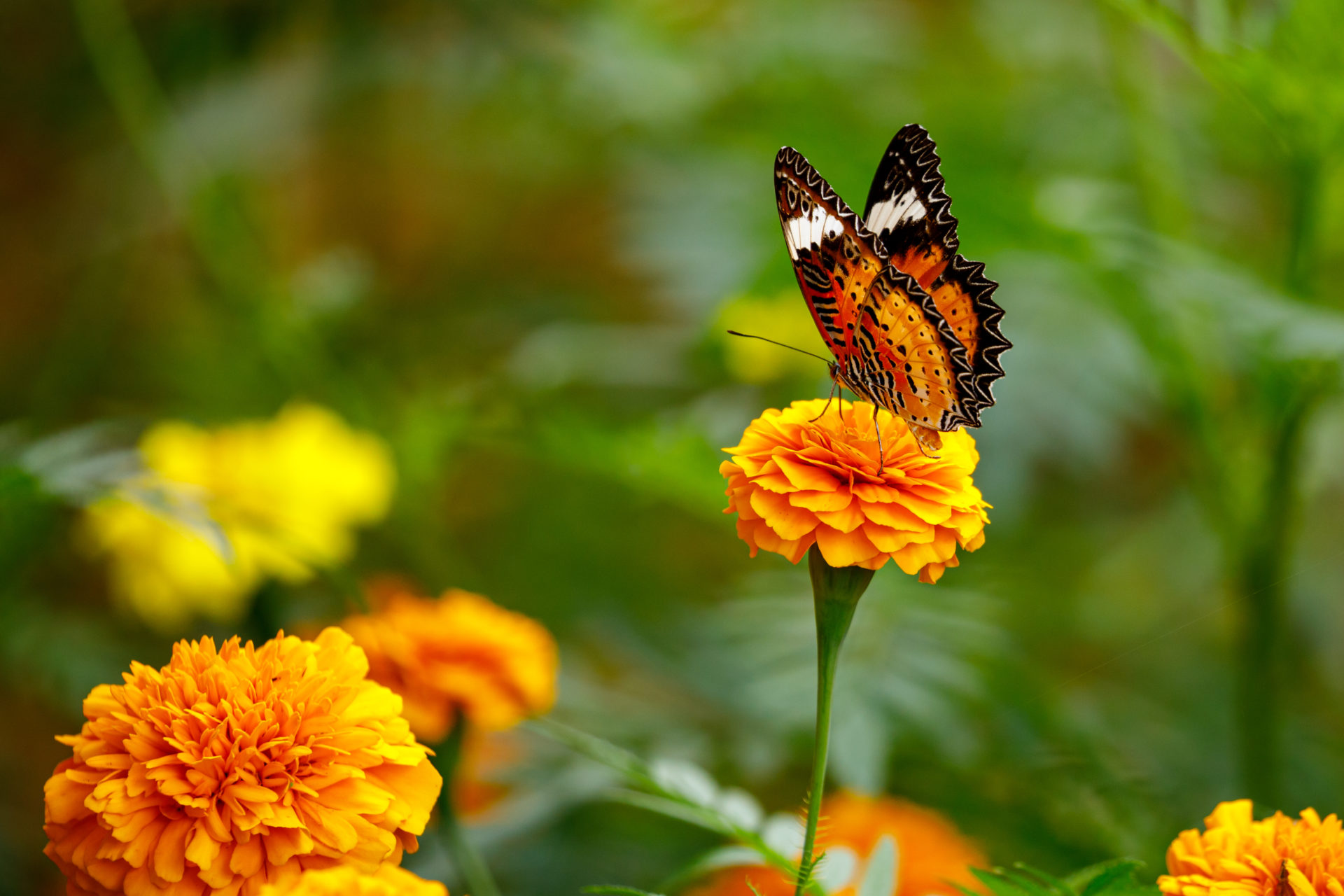
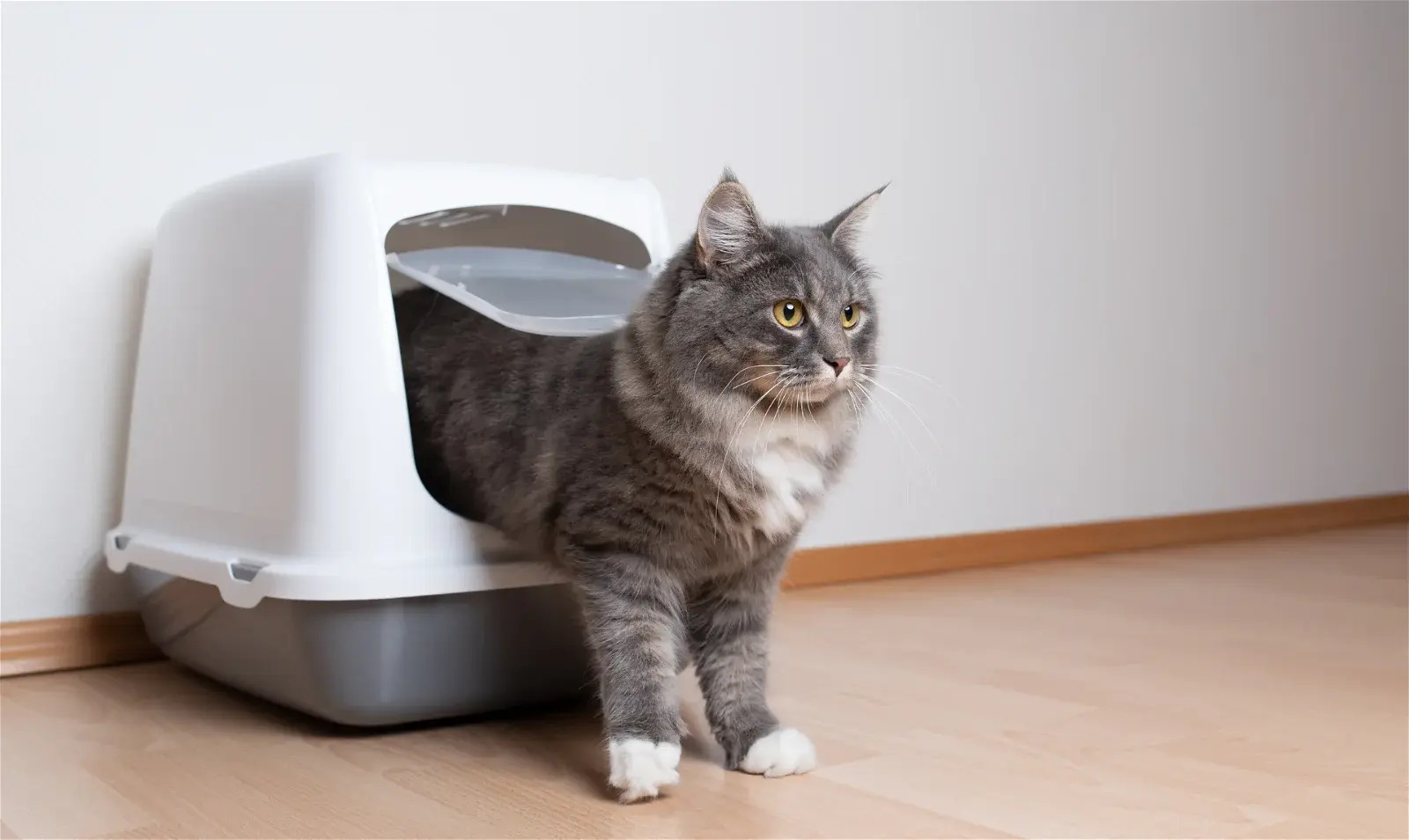
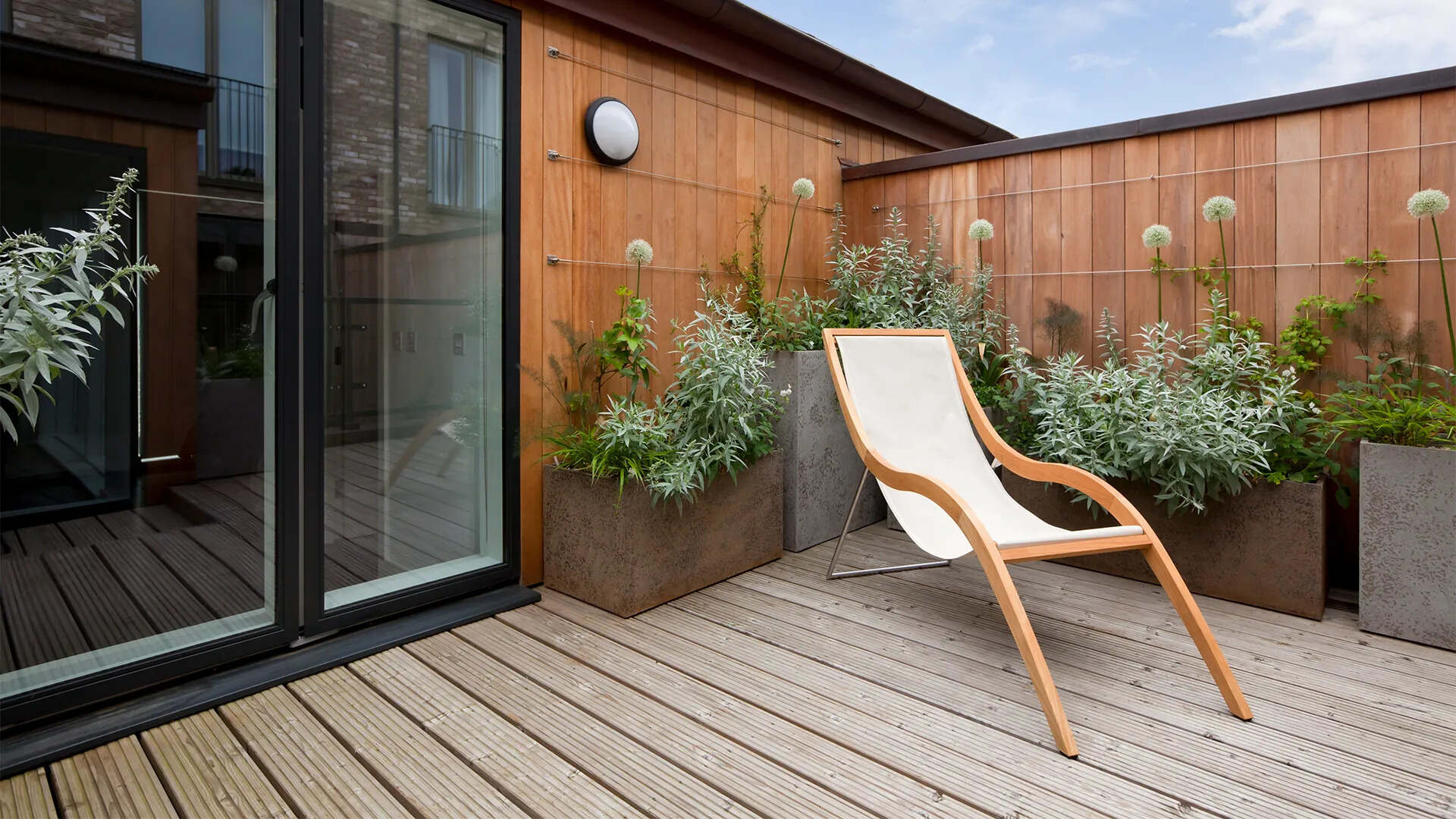
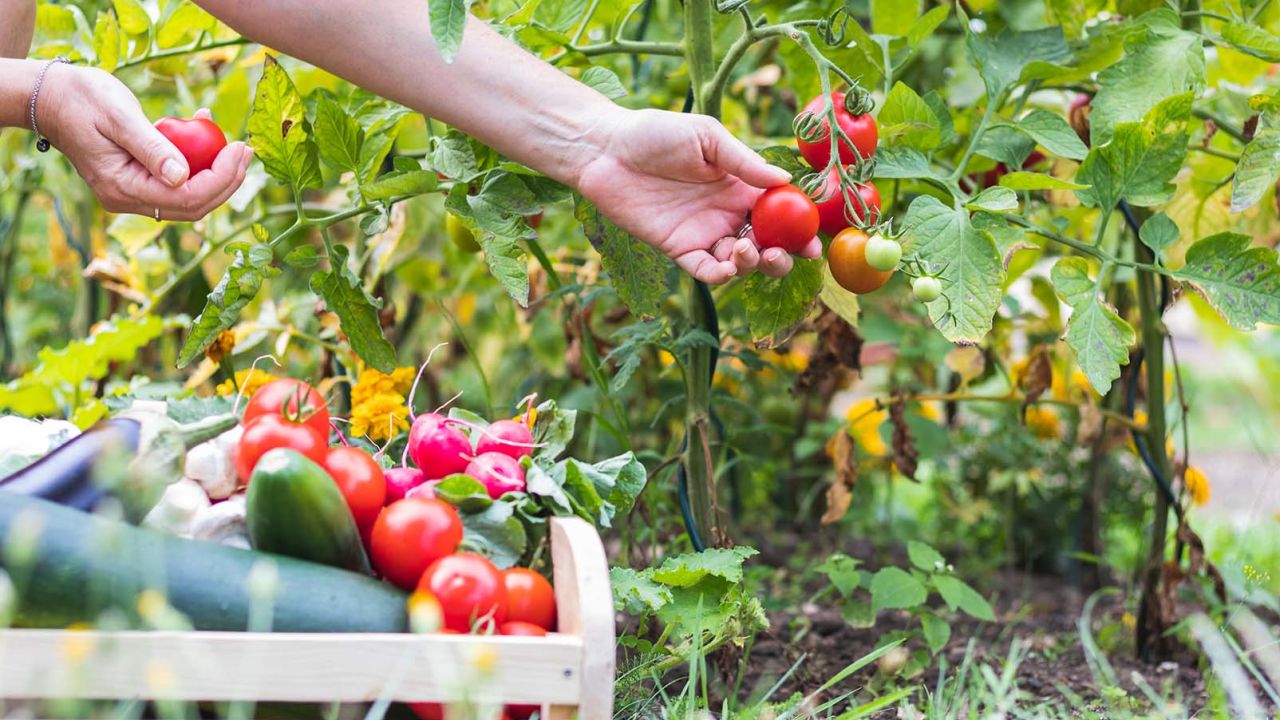
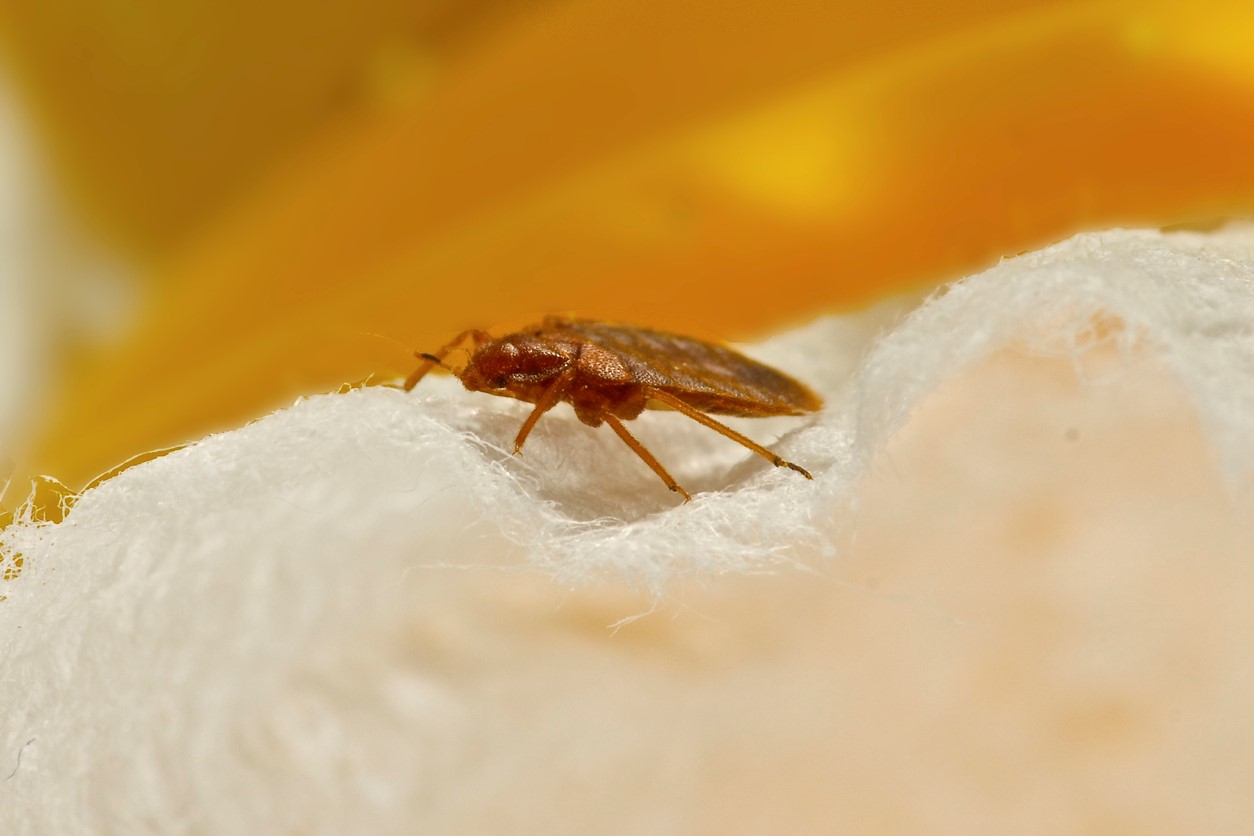
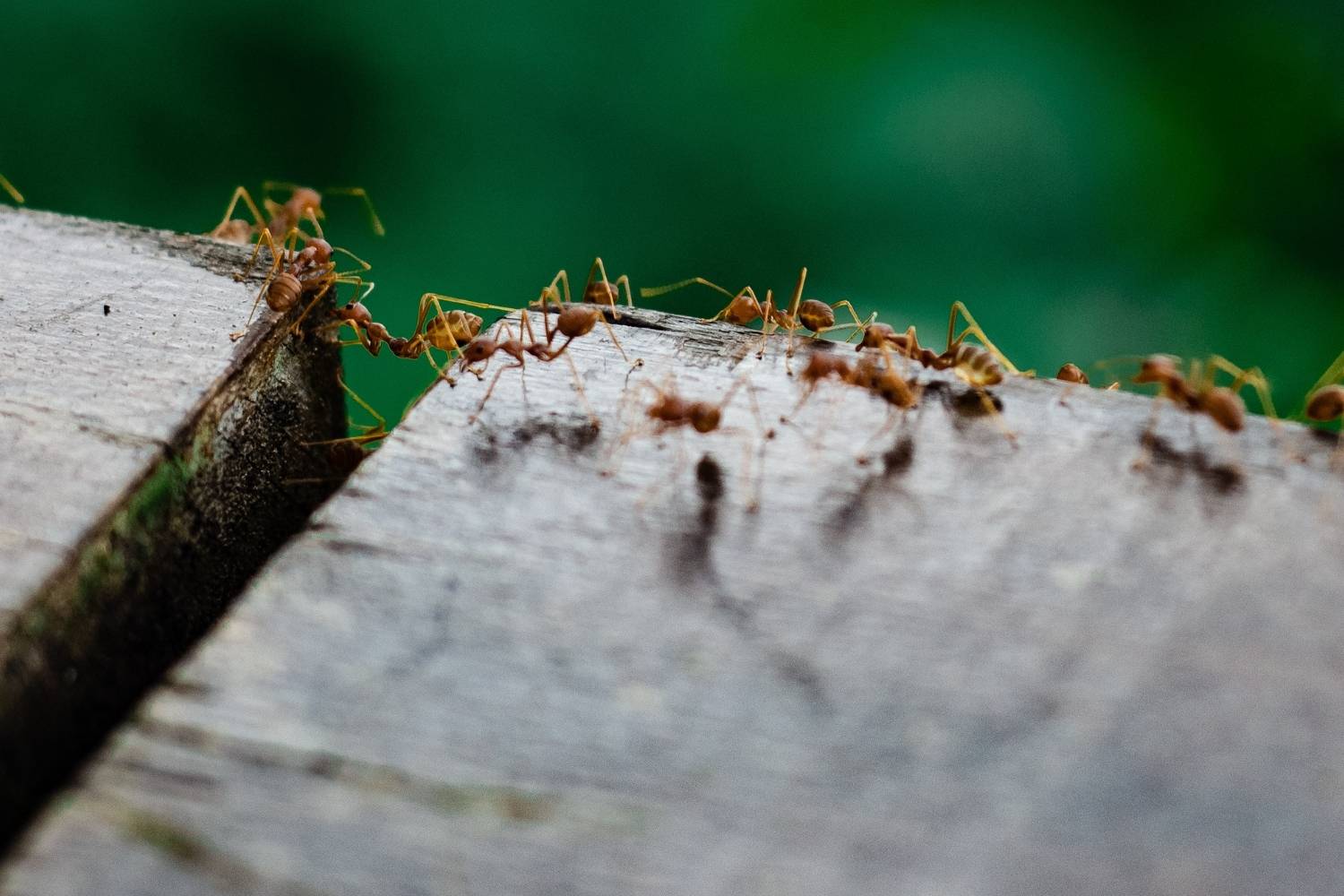
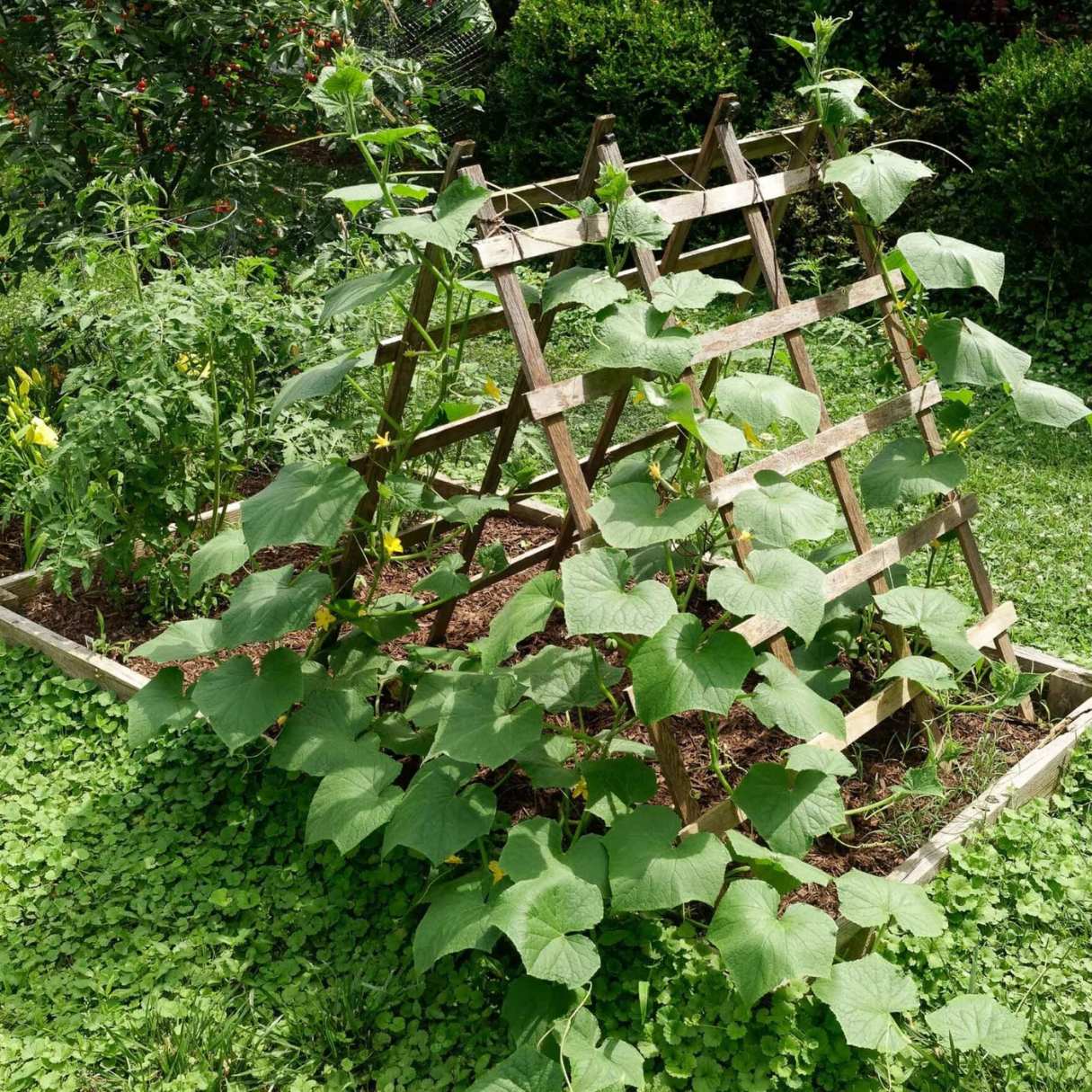
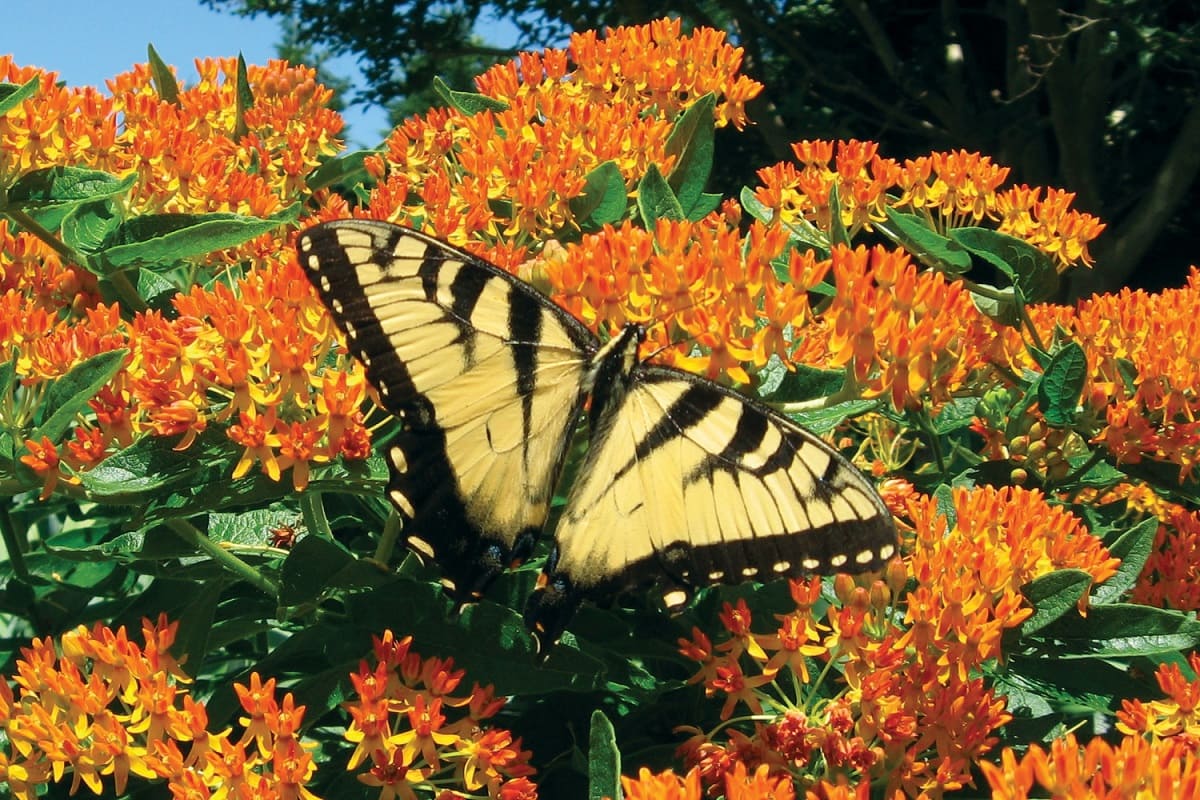
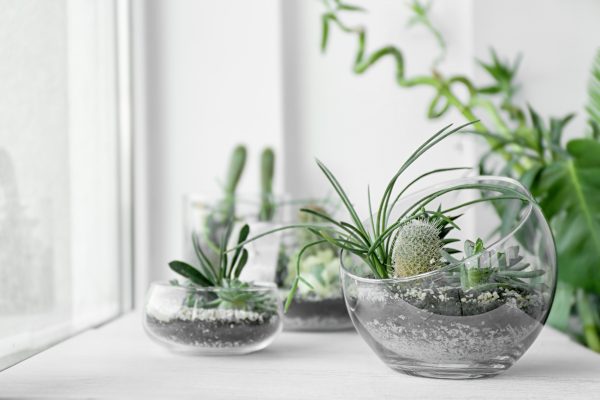

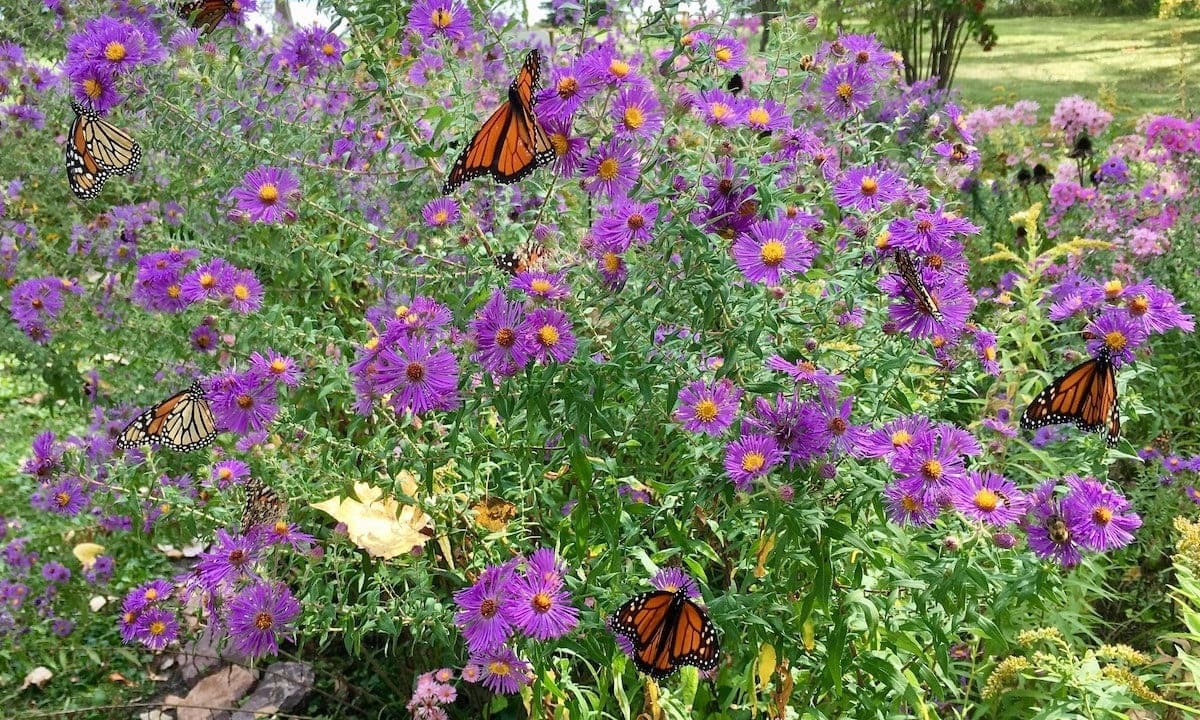
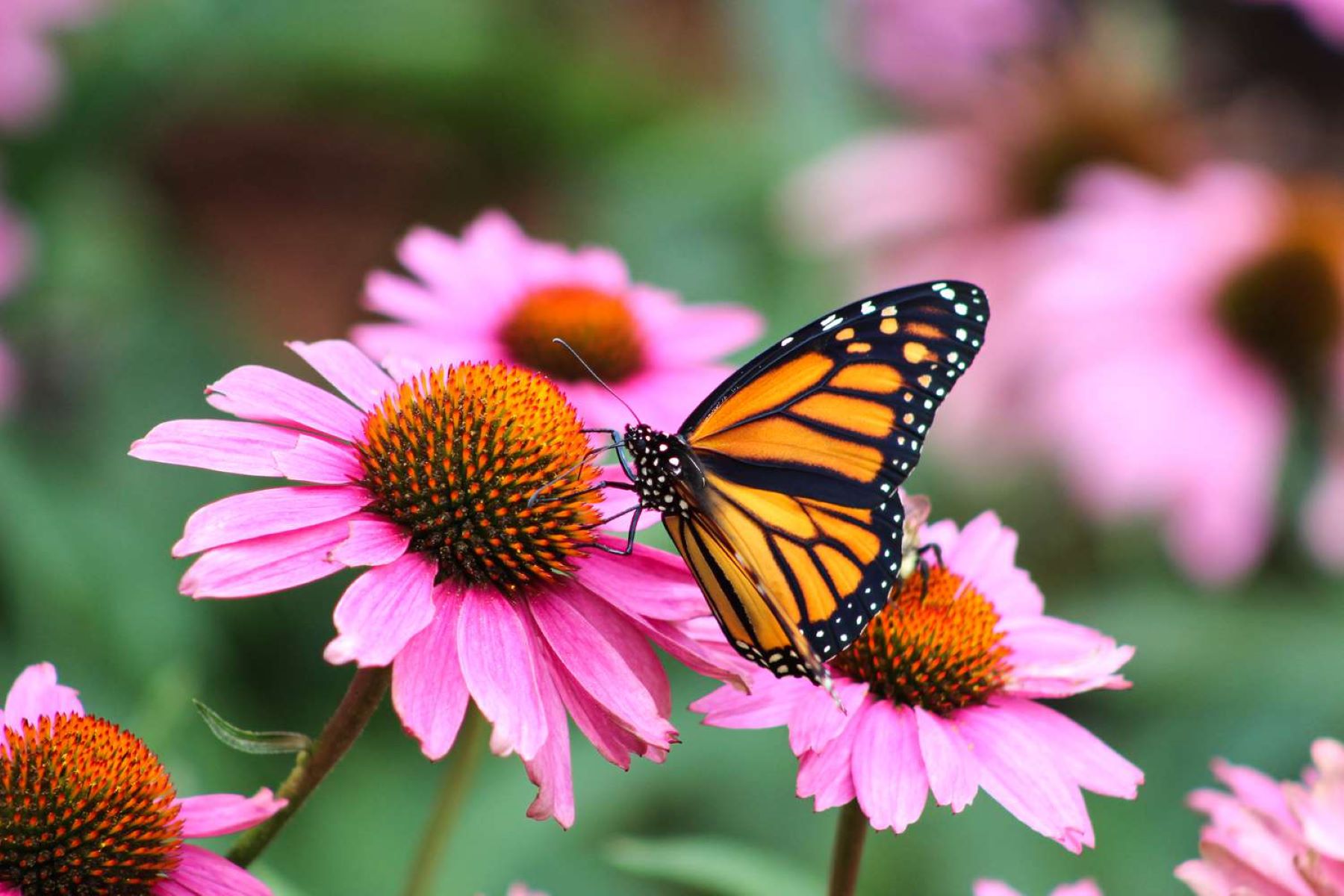
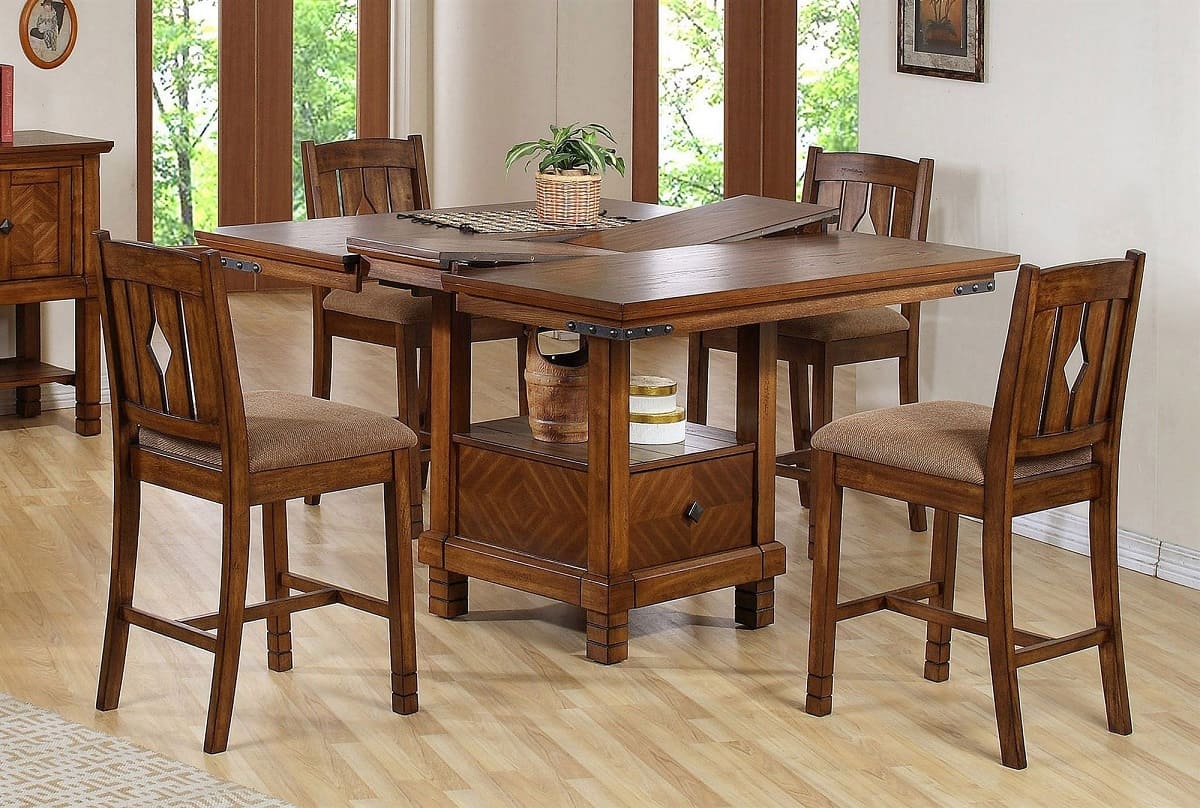
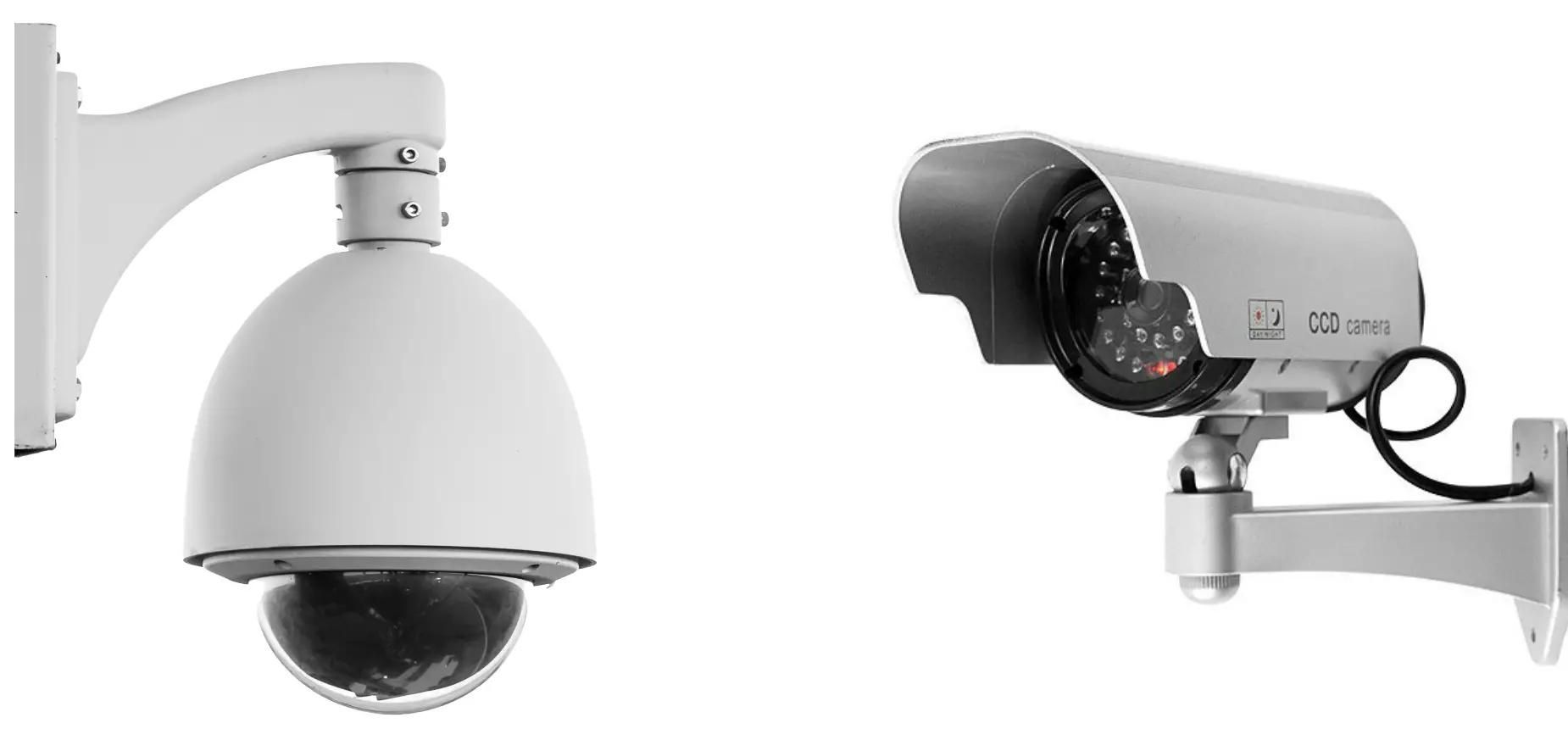

0 thoughts on “How To Attract Butterflies To Your Garden”